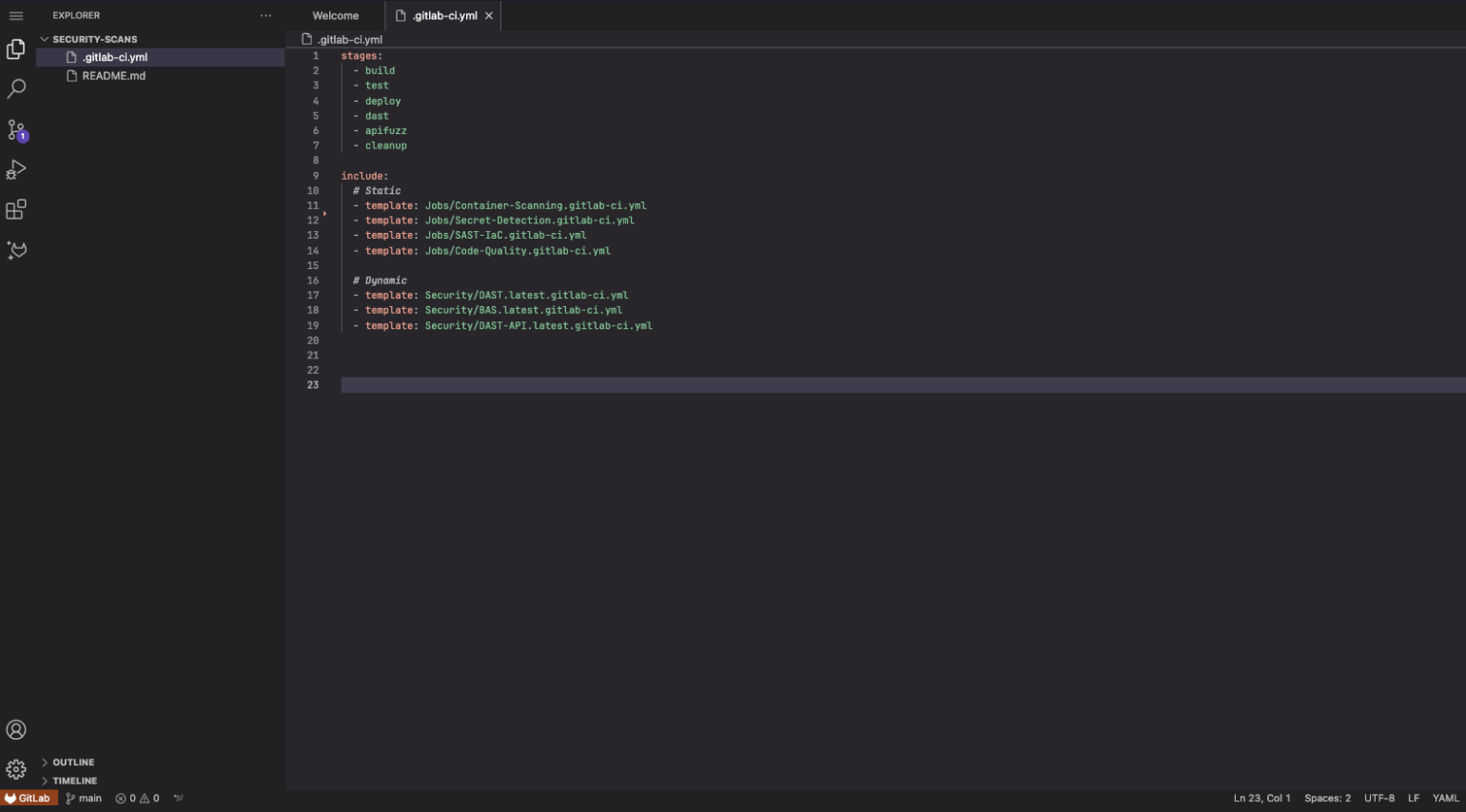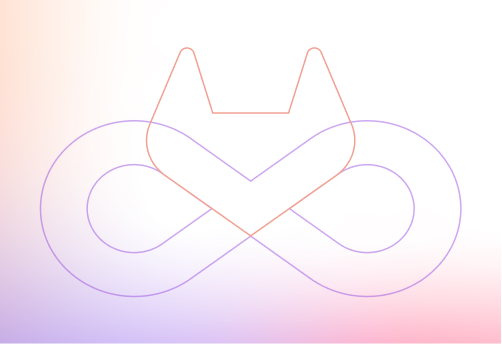Continuous Integration and Delivery
Build, test, package, and deploy secure software in a fraction of the time. Again and again.
 GitLab Duo Chat now available
GitLab Duo Chat now available

Build, test, package, and deploy secure software in a fraction of the time. Again and again.

Try an interactive demo on how to add security scans to your CI pipeline.

GitLab CI/CD helps you realize the vision of software development that is iterative, tested, and always releasing. Measure developer productivity and watch it improve with one unified tool that encourages collaboration, immediate feedback, and bringing ideas to life — not manual, repetitive tasks.
With one application and one data store, GitLab gives everyone on the team — including business stakeholders — one tool to see and understand the status of the whole CI/CD pipeline.
GitLab automates the building, testing, packaging, and deploying of secure code from code commit to production. This means better code, faster releases, fewer bugs, and more time spent on new features.

Video

Video

Video

Video

See what your team can do with a single platform for software delivery.
Get free trial

